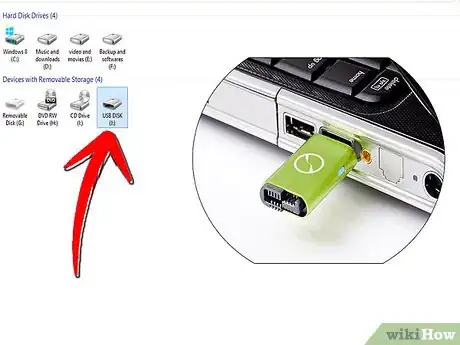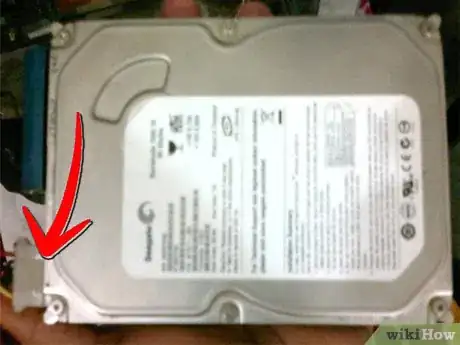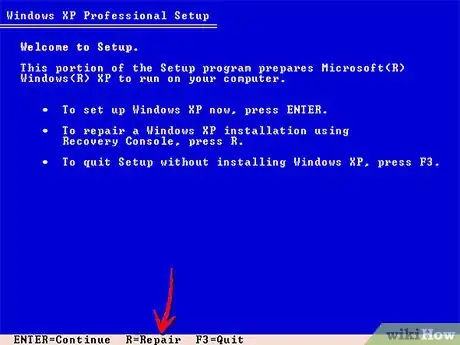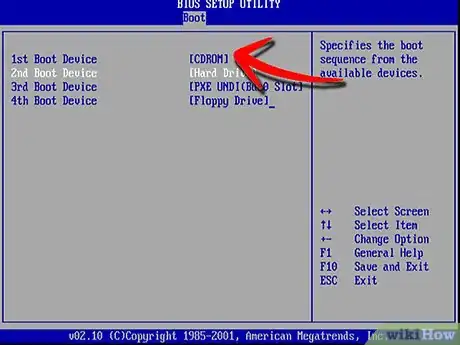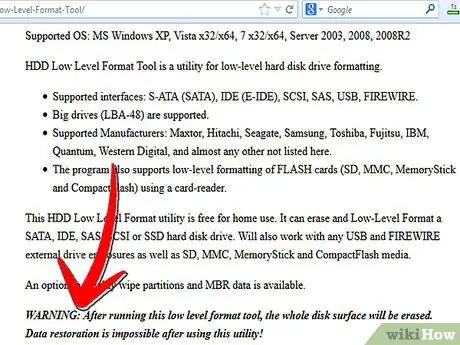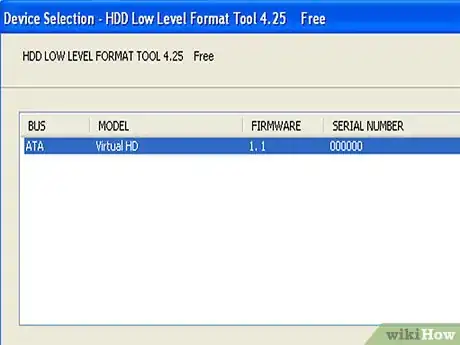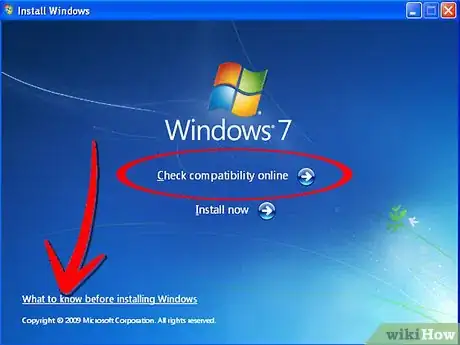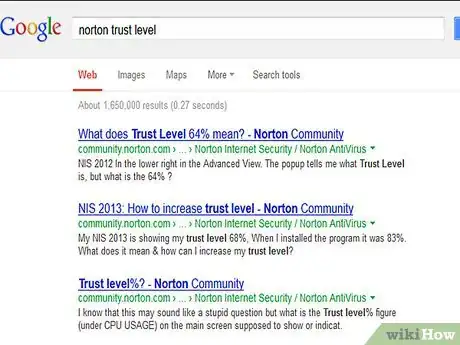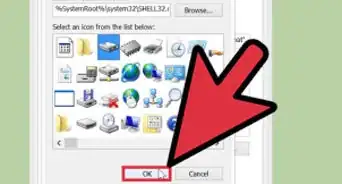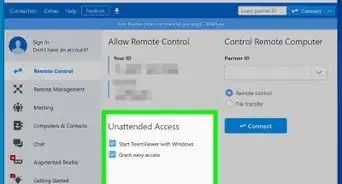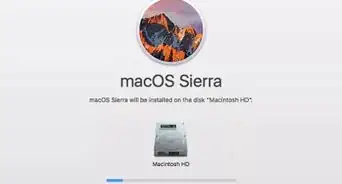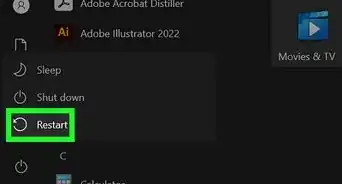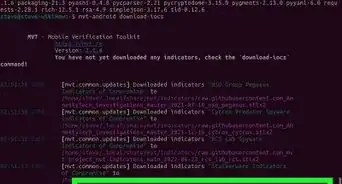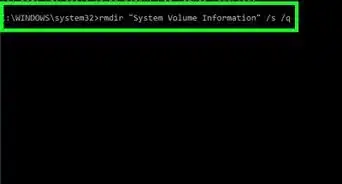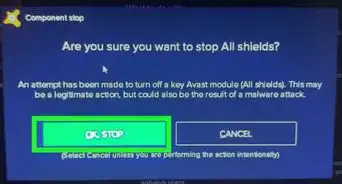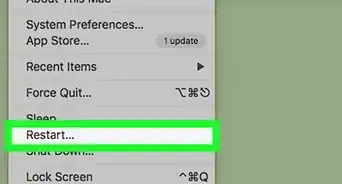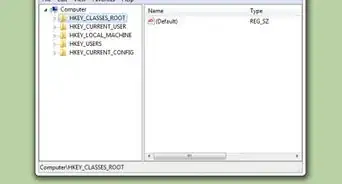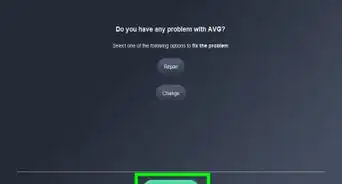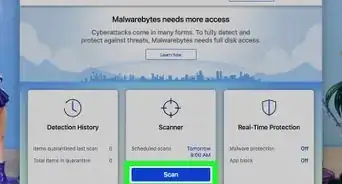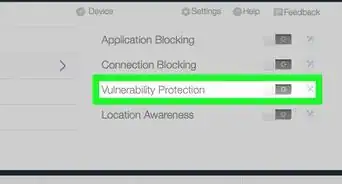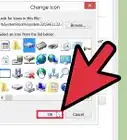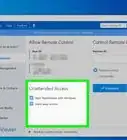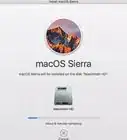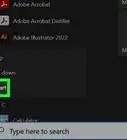X
wikiHow is a “wiki,” similar to Wikipedia, which means that many of our articles are co-written by multiple authors. To create this article, 28 people, some anonymous, worked to edit and improve it over time.
This article has been viewed 463,710 times.
Learn more...
Has your computer been acting strange lately? Has it been running slow, or telling you that your computer needs a certain program? If so it may have a virus. This article deals with ones called Boot Sector Viruses. These reside in the sectors that are used to start your Operating System. A simple operating system replacement may leave the virus to continue its evil ways.
Steps
-
1Remove any important files and shut down the infected computer. You can not begin to remove the virus if it is in the RAM in your computer.
-
2Option 1: Take the drive to a pro. UNPLUG the computer, and all monitors, etc. Remove the HDD (hard disk drive or hard drive) from the infected computer. Be sure to remove all of the static electricity from your self by touching the metal case.Advertisement
-
3Option 2: Use software on a CD-ROM or floppy (yes, you can still download recovery tools as floppy images) to scan the drive and fix the MBR. Start with the OS install CD. Use the Windows Recovery Console option if you are using Windows XP.
-
4To change the boot order: Enter BIOS via appropriate startup key for your computer. When the BIOS setup page shows, set the CD or floppy drive to boot first.
-
5Sources of that software: Find out which company manufactures your HDD and see if they have a utility that will do a low-level format. This part is important because it deletes everything from your hard drive so that no one can get it back, including the virus. Some common HDD manufacturers' tools for doing this can be found here.
-
6Run the formatting utility provided by your HDD manufacturer.
-
7If you have errors booting the OS, reinstall your operating system of choice however you want to.
-
8And the most important thing is that you use trusted software to remove the virus or else you will be in more trouble (if that software is infected). Some software will show many virus 'hits' in order to sell the full version, so read reviews first.
Advertisement
Community Q&A
-
QuestionMy system doesn't boot completely, then it switches off repeatedly. I can't access my system. What could be the problem?
 Community AnswerYour phone is stuck on a bootloop. This happens because of software damage. This is mostly referred to as "bricked phone." The only way to access your system is by reinstalling the device software; this is also known as flashing.
Community AnswerYour phone is stuck on a bootloop. This happens because of software damage. This is mostly referred to as "bricked phone." The only way to access your system is by reinstalling the device software; this is also known as flashing. -
QuestionMy computer keeps restarting itself. What do I have to do?
 Community AnswerYou need to force power off during booting and you will get options for booting. Go to safe mode, go to run (windows key + r), type shell:startup and then enter. Delete files that may cause restart (usually some bat files or virus) and then check in task manager for unidentified startup programs. Finally, restart.
Community AnswerYou need to force power off during booting and you will get options for booting. Go to safe mode, go to run (windows key + r), type shell:startup and then enter. Delete files that may cause restart (usually some bat files or virus) and then check in task manager for unidentified startup programs. Finally, restart. -
QuestionMy computer automatically shut off anytime when I try to update scan or install antivirus and other security activity. What should I do?
 Community AnswerIt is possible that you might have a rootkit; such a program keeps you from using your security software. Use a rootkit removal program to check if this is the case and if so, remove it.
Community AnswerIt is possible that you might have a rootkit; such a program keeps you from using your security software. Use a rootkit removal program to check if this is the case and if so, remove it.
Advertisement
Warnings
- Be sure to write protect the floppy after writing using the sliding tab, because any virus that is residing in the boot sector of your HDD may copy itself.⧼thumbs_response⧽
- A Low-Level format will erase anything and everything on your HDD. It does this because it erases the whole disk, and not just the File Allocation Table (FAT) which is the directory for the hard drive. Its kind of like a telephone directory. When you delete things or do a format in Windows or DOS, known as a High-Level format, it tells the FAT that there is nothing there anymore, but leaves the data on the disk. A Low-Level format or delete tells the FAT that there is nothing there and then rewrites the sectors on the HDD where the file was. Because of this there is no possible way to get your data back after this process is complete. Back up before performing a low level format!⧼thumbs_response⧽
Advertisement
About This Article
Advertisement
